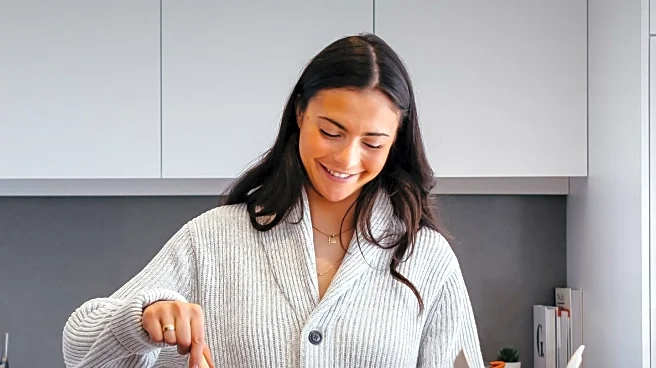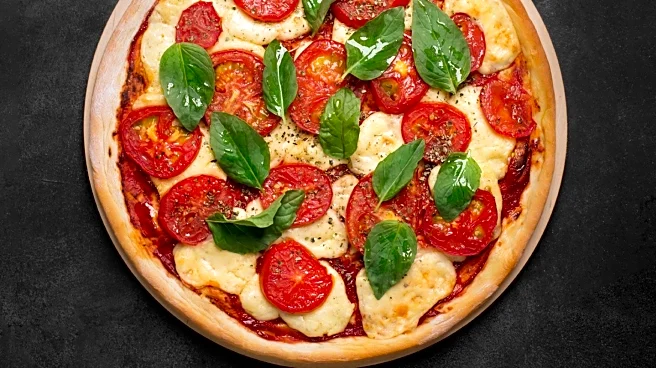What's Happening?
Traditional TV cooking shows are experiencing a decline as food influencers increasingly turn to platforms like YouTube and Instagram. Influencers such as Natalia Rudin, known as 'the bean queen,' have gained significant followings by sharing cooking videos online, with some videos reaching millions of views. This shift is attributed to the greater control and creative freedom offered by digital platforms compared to traditional TV. The decline in TV cooking shows is evident, with commissions for food programs dropping by 44% in a year, according to Ampere Analysis. Meanwhile, YouTube has become the most-watched service on American TVs, surpassing traditional TV networks.
Why It's Important?
The transition from TV to digital platforms for cooking content reflects broader changes in media consumption habits. This shift impacts traditional TV networks, which face challenges in retaining audiences and adapting to new content formats. The rise of food influencers on platforms like YouTube and Instagram highlights the growing importance of authenticity and direct engagement with audiences. As digital platforms continue to dominate, traditional TV may need to innovate and collaborate with online creators to remain relevant. This trend also affects advertisers and brands, who may shift their focus to digital platforms to reach larger and more engaged audiences.
What's Next?
Traditional TV networks may explore partnerships with popular food influencers to integrate their content into TV programming. Additionally, networks might invest in digital platforms to capture the growing online audience. As the demand for authentic and engaging content increases, TV producers may need to adapt their strategies to compete with the flexibility and immediacy of digital platforms. The evolution of media consumption habits will likely continue, prompting further changes in how cooking and other lifestyle content are produced and distributed.
Beyond the Headlines
The decline of TV cooking shows raises questions about the cultural impact of traditional media and its role in shaping public perceptions of food and cooking. As digital platforms offer more diverse and global perspectives, audiences may experience a broader range of culinary influences. This shift could lead to changes in food trends and consumer behavior, as viewers are exposed to new cooking styles and ingredients. The emphasis on authenticity and personal storytelling in digital content may also influence how food is marketed and consumed.











